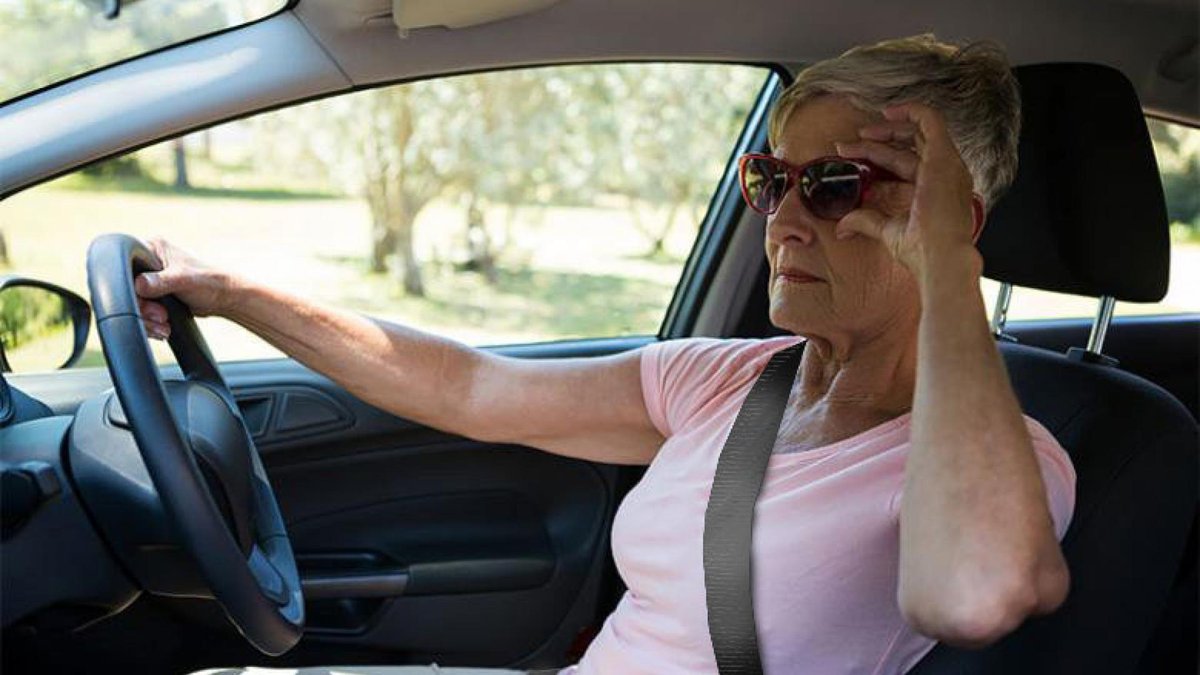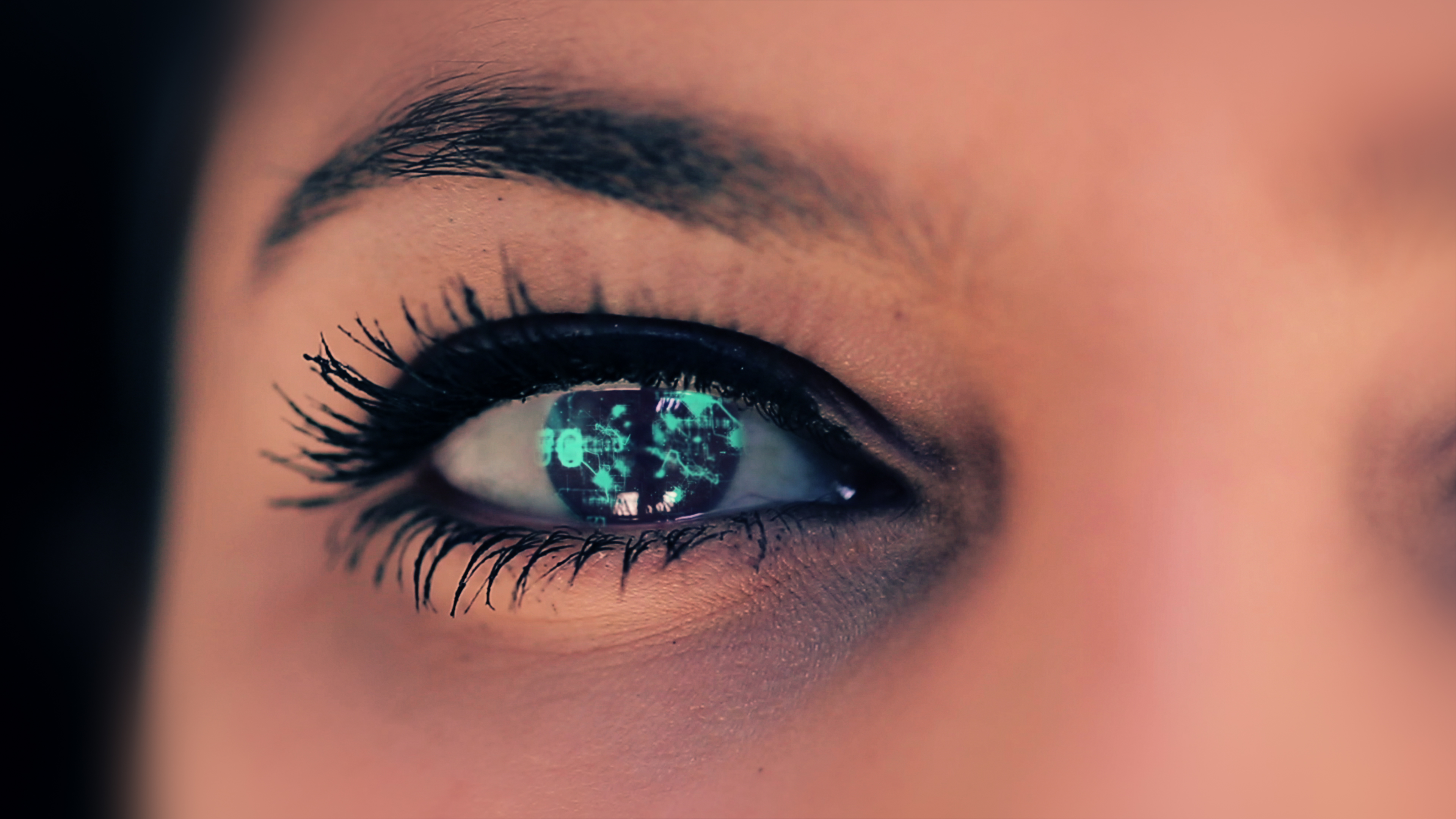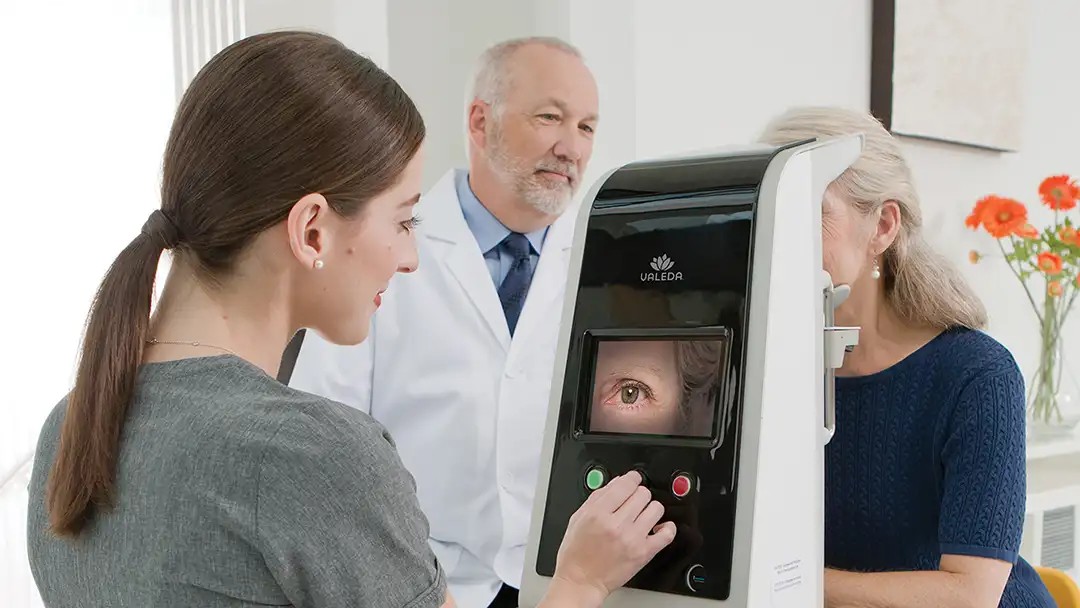
Patients and their family members worry if it is safe to drive a car if they have age-related macular degeneration. While driving isn’t automatically out of the question, this question requires continual reevaluation of the patient’s visual function, desire for independence, and the need for safety.
AMD can affect central vision provided by the macula, which is in the center of the retina. The most commonly recognized test of macular function is your ability to read an eye chart. Measurements on the “Snellen” eye chart include 20/20, which is perfect, up to 20/200, which is considered “legally blind.” The eye chart measurement is always “best corrected visual acuity,” which means it is measured while using the best possible corrective glasses or contact lenses.
Visual Acuity
Each state has its own laws about the minimum visual acuity required for issuing drivers’ licenses. The license will indicate whether the driver must wear “corrective lenses,” in the form of glasses or contact lenses, to obtain the legal driving vision. Information about your state’s driving vision requirements can be obtained from the department of motor vehicles, for example, on their website.
Distortions and Blind Spots
There’s more to this issue than just visual acuity, which measures the function of just a tiny part of the macula. People with AMD may have portions of their maculas that no longer function, leading to distorted vision or a blind spot in part of the visual field. With both eyes functioning normally, we have an uninterrupted visual field of about 180 degrees horizontally even without moving our eyes or heads. While our maculas provide the high acuity vision needed to read street signs, our peripheral retinas also provide important information about other cars and pedestrians. These retinal cells are particularly sensitive to motion, which allows us to notice a moving object more rapidly than a stationary one.
The Visual Field
All states have visual field requirements for driving as well as visual acuity requirements. These guidelines vary by state regarding how many degrees of uninterrupted visual field are required, and whether this needs to be obtained using one eye at a time, or both eyes together. These requirements are in place because a driver with a blind spot will not see an object, such as an oncoming car or a child crossing the street if its image lands on their retina’s blind spot.
State Guidelines
Some states allow restricted driving, for example during the day only, with a letter from an ophthalmologist or optometrist stating that the person meets certain requirements. Some will also allow driving with miniature bioptic telescopes built into glasses, which can improve visual acuity. Many states allow people with only one “good” eye to drive, but these individuals need to recognize that they will need to turn their heads more to check their surroundings. They also have diminished depth perception.
Other Factors that Affect Driving
In addition to the condition of the retina, other factors affect the driving ability of people with AMD. Those with cataracts (clouding of the lens in the eye) may have reduced visual acuity and glare, especially at night, caused by the cataract. If so, cataract surgery is often helpful.
People with AMD often find it easier to drive during the day than at night and may “self-restrict” themselves to daytime driving on local, familiar roads under good weather conditions.
It is important to have glasses with an updated prescription, especially after cataract surgery. For most people, sunglasses are helpful on a bright day. Unfortunately, transition lenses will not darken in a car because the lens darkening is triggered by ultraviolet light that is blocked by the car’s windshield. For some people, specific lens colors can be helpful. For example, yellow or orange lenses can improve contrast sensitivity and may make it easier to read street signs under certain lighting conditions. Polarized lenses may help with glare.
When evaluating one’s ability to drive safely, other factors should also be considered, including reaction time, and any neurological diseases that affect movement or judgment. It is better to be on the safe side rather than risk injury to yourself or others. Ask yourself, “Would I be able to see that child chasing the ball across the street?”
With the availability of Uber and Lyft in many places, it is often easier and cheaper than ever before to have others do the driving. Also, the self-driving cars are on the way!
While this article contains helpful information, it does not replace speaking directly to your physician.
About BrightFocus Foundation
BrightFocus Foundation is a premier global nonprofit funder of research to defeat Alzheimer’s, macular degeneration, and glaucoma. Since its inception more than 50 years ago, BrightFocus and its flagship research programs—Alzheimer’s Disease Research, Macular Degeneration Research, and National Glaucoma Research—has awarded more than $300 million in research grants to scientists around the world, catalyzing thousands of scientific breakthroughs, life-enhancing treatments, and diagnostic tools. We also share the latest research findings, expert information, and resources to empower the millions impacted by these devastating diseases. Learn more at brightfocus.org.
Disclaimer: The information provided here is a public service of BrightFocus Foundation and is not intended to constitute medical advice. Please consult your physician for personalized medical, dietary, and/or exercise advice. Any medications or supplements should only be taken under medical supervision. BrightFocus Foundation does not endorse any medical products or therapies.
- Lifestyle









